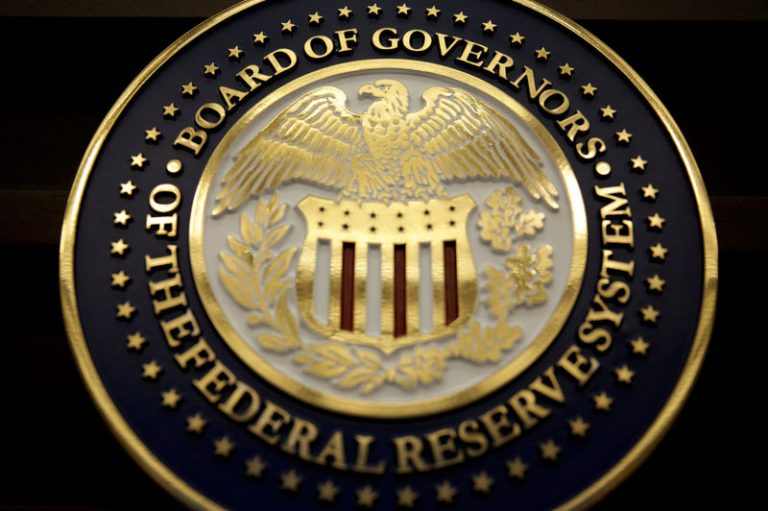Investing.com– The Federal Reserve is likely to signal a slower pace of interest rate cuts in 2025 this week, Goldman Sachs said, and is unlikely to trim rates in January amid concerns over sticky inflation and a strong labor market.
The central bank is likely to cut rates by 25 basis points this week, bringing its total rate cuts for the year to 100 bps.
But Goldman Sachs said the Fed may be in a hurry to signal a slower pace of cuts, and that the central bank’s terminal rate may also be higher than initially expected.
The investment bank said it now expects the Fed to stand pat in January against earlier expectations for a cut.
“One reason is that unemployment has undershot and inflation has overshot the FOMC’s projections, though neither surprise is quite as significant as it appears,” Goldman Sachs analysts wrote in a note.
They said that the central bank may also be cautious about new policies under the Donald Trump administration, especially in the face of increased trade tariffs.
“We see the risks to interest rates from potential policy changes under the second Trump administration as more two-sided than is often assumed.”
Goldman Sachs analysts also noted that Fed officials had signaled more open-mindedness about the terminal rate, and are likely to be cautious over where to stop cutting rates.
Focus during this week’s meeting is going to be squarely on the Fed’s emphasis on slowing its pace of cuts or leaving the decision to a meeting-by-meeting and data-dependent process.
Goldman Sachs said it expects to hear messages on both sides from the Fed.
Fed to still cut rates in 2025, but terminal rate higher
Goldman Sachs said the central bank is still expected to cut rates in March, June, and September 2025, by 25 bps apiece.
But the central bank’s terminal rate in the current easing cycle is now forecast slightly higher at 3.5% to 3.75%.
Shifting expectations for the Fed’s rates come following sticky inflation readings for November, while other data also showed resilience in the labor market.
Traders were seen pricing in a nearly 80% chance the Fed will keep rates unchanged in January, according to CME Fedwatch.

